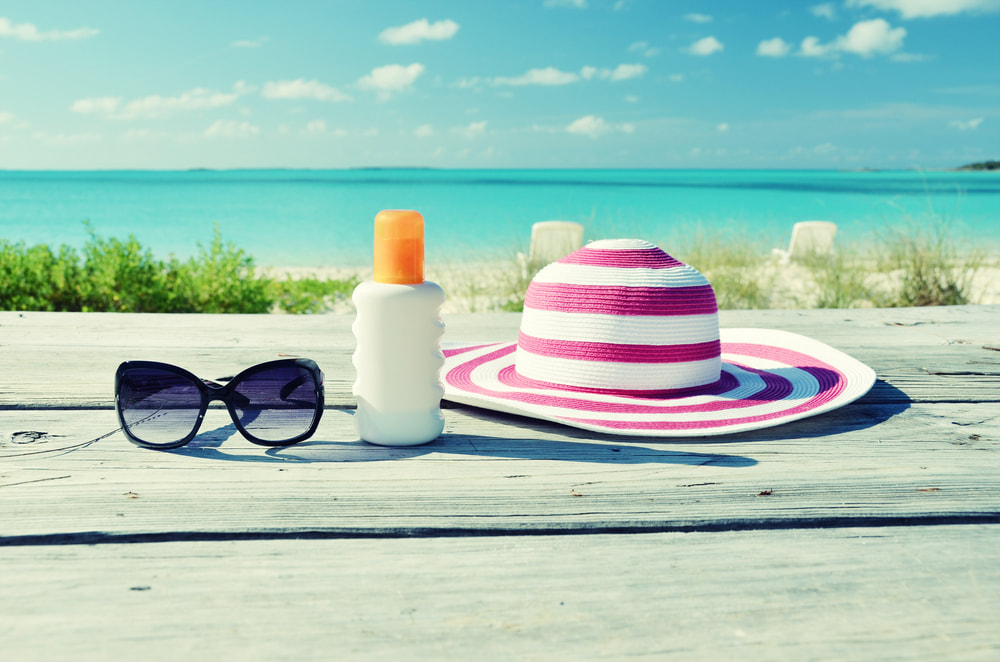July is UV Safety Awareness Month. It is a good reminder to protect yourself from the sun. Below is more information on how to maximize your UV protection. How does the sun damage the eyes?According to the National Eye Institute, ultraviolet light penetrates the eye tissue more easily than visible light. This can increase the risk of eye problems and damage to the eyes. Some ways the sun can damage the eyes include:
Remember, UV damage is cumulativeUV damage builds up over the course of your lifetime. So, the more ultraviolet light exposure your eyes get, the more your risk of developing eye issues. Using UV protection every time you are in the sun can help prevent this cumulative damage. How to maximize sun protectionYou can enjoy the sunshine and still reduce your risk of eye problems from UV light. Below is more information on getting the most from your UV protection.
Wear the right sunglasses: Although you might consider fashion when choosing sunglasses, good sun protection should be your first priority. Choose glasses that block at minimum 99% of UVA and UVB rays. Look for glasses with larger lenses and a wraparound style for the most coverage. Apply and reapply sunscreen: Apply sunscreen all over your face, including around your eyes. Select a sunscreen labeled broad-spectrum. This means it protects against UVB and UVA rays. Also, use sunscreen with a SPF of 30 or higher. Apply the sunscreen liberally and reapply every few hours or after swimming. Don’t rely on a waterproof sunscreen: According to the American College of Dermatology Association, the FDA no longer allows sunscreen makers to claim their product is waterproof. Some sunscreen might be water-resistant, but don’t rely on a water-resistant sunscreen to protect you for hours. You still need to reapply the sunscreen frequently. Use sun protection even on cloudy days: The sun can still lead to damage even if it is hidden behind the clouds. Use sun protection on overcast days at any time of the year. Get into the shade: Sunscreen and sunglasses are not enough, especially if you spend hours in the sun each day. Do your best to take a break from the sun and go inside or at least find some shade. Don’t forget your hat: In addition to sunglasses and sunscreen, a wide-brimmed hat can add extra UV protection. We hope you’ll stay safe outside in the sun and decrease your risk of UV -related eye damage. If you would like to ask whether an appointment with one of our eye doctors would be appropriate at this time, call our office at 508-746-8600. Comments are closed.
|
EYE HEALTH BLOGCategories
All
Archives
July 2024
|
|
Kadrmas Eye Care New England
55 Commerce Way, Plymouth, MA 02360
14 Tobey Road, Wareham, MA 02571 133 Falmouth Road (Rt 28), Mashpee, MA 02649 |
Phone Number:
1-508-746-8600 Hours: Monday through Friday — 8 AM – 4:30 PM |


 RSS Feed
RSS Feed
